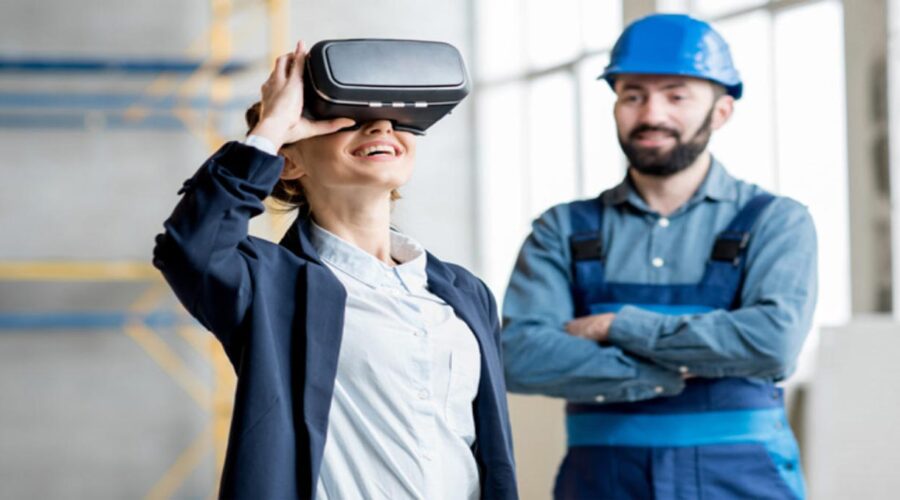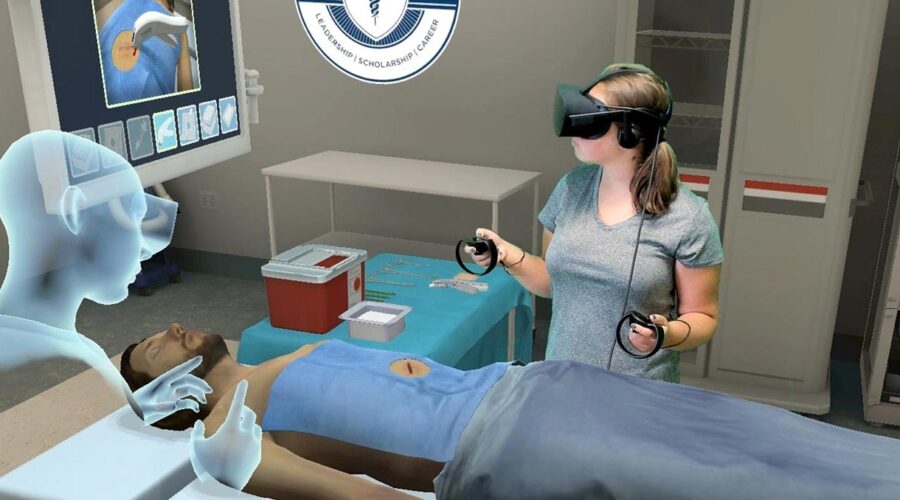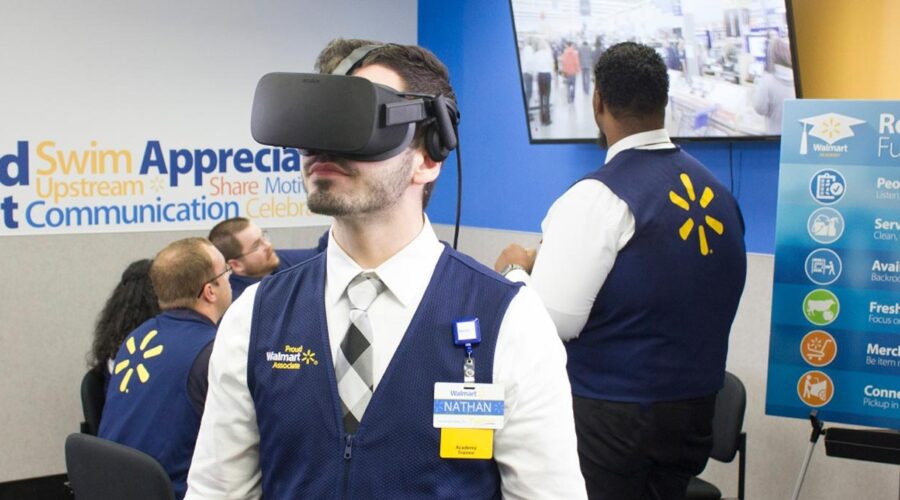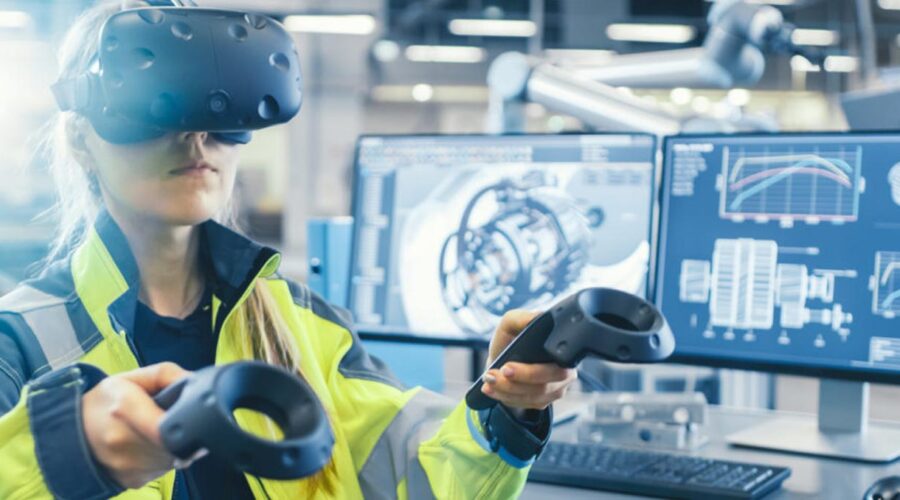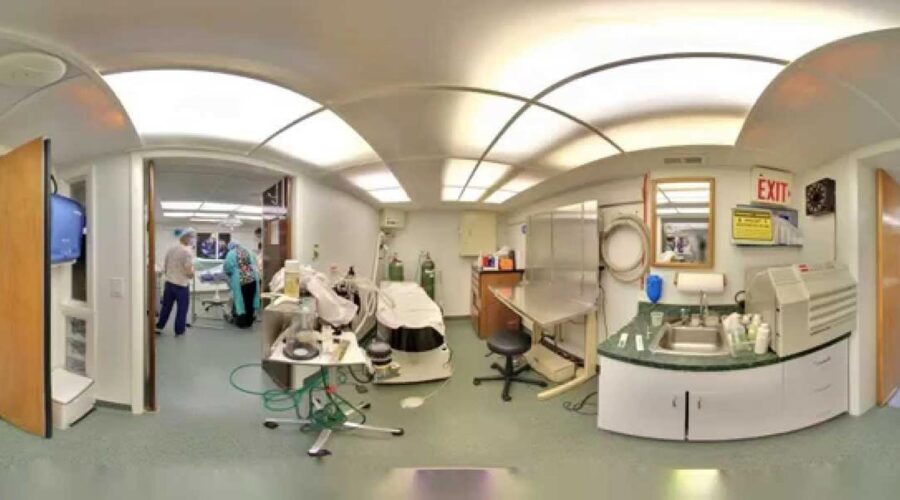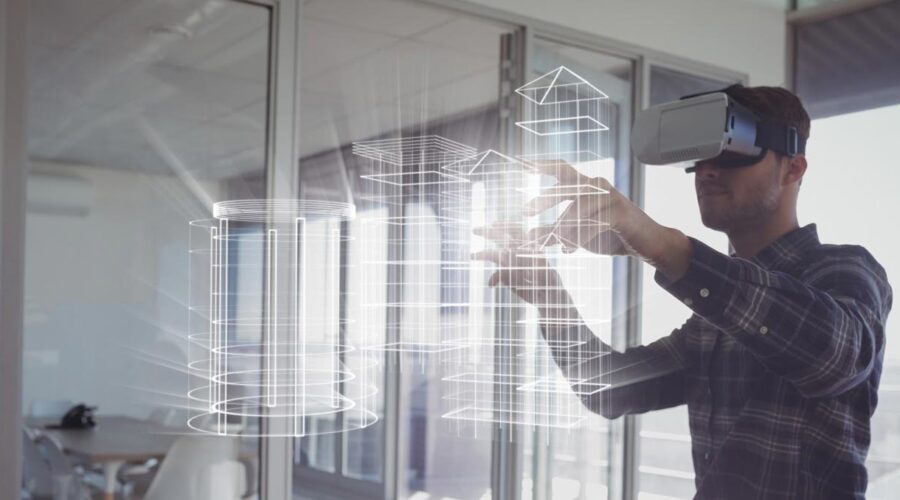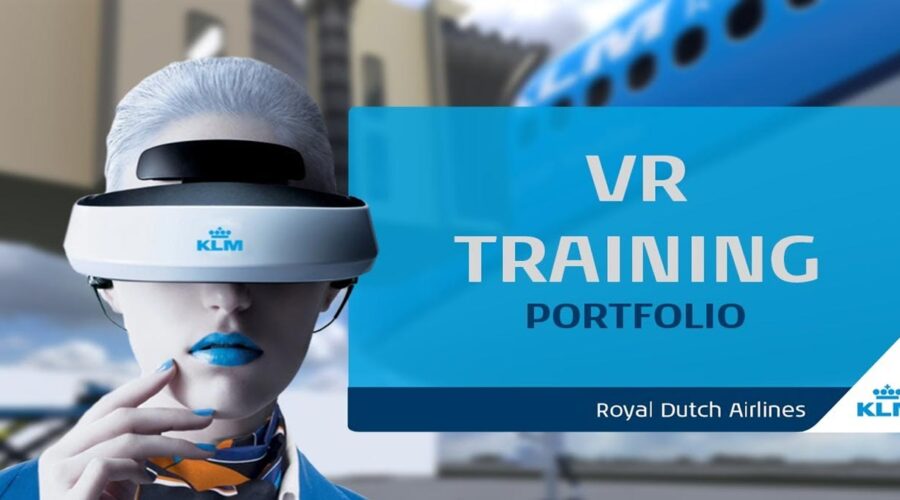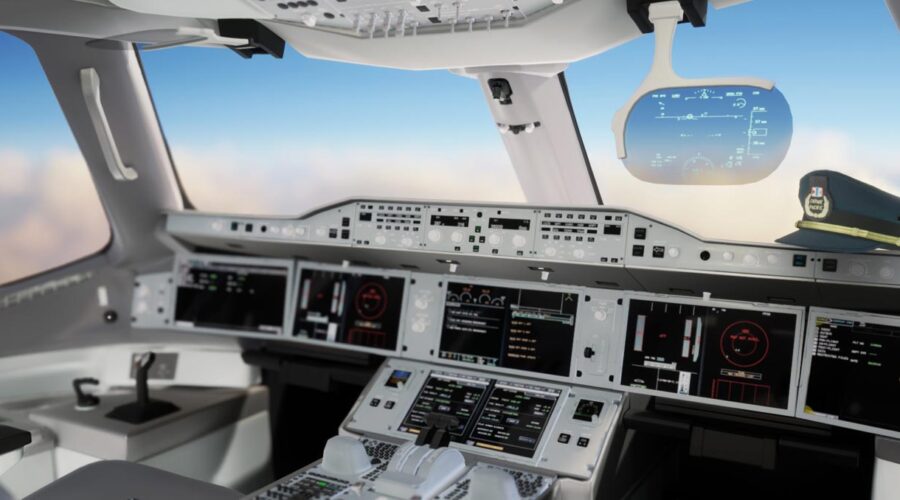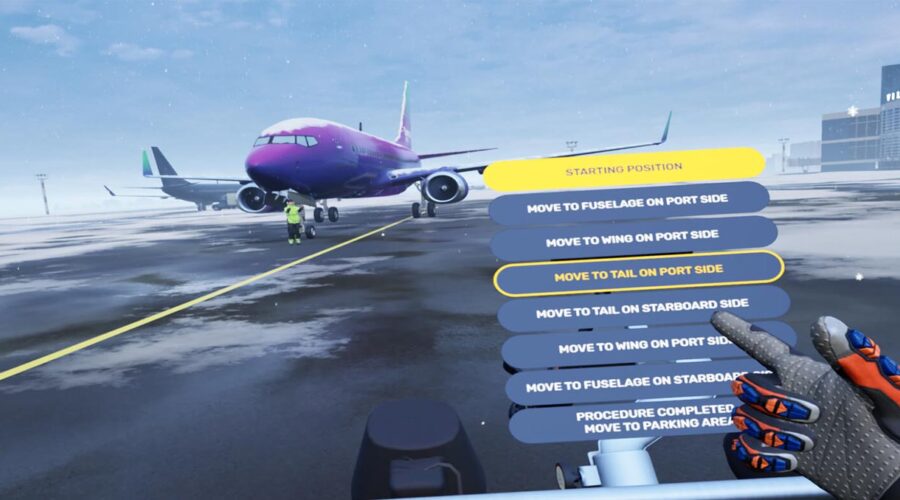How to Use Virtual Orientation in Construction
With the use of virtual orientation, construction companies can provide a comprehensive and interactive training experience that covers essential safety protocols, job-specific requirements, and organizational culture. Virtual orientation is an effective way to onboard new employees in the construction industry. It provides a comprehensive and interactive training experience that ensures new hires are ready to work on the construction site safely and confidently.

